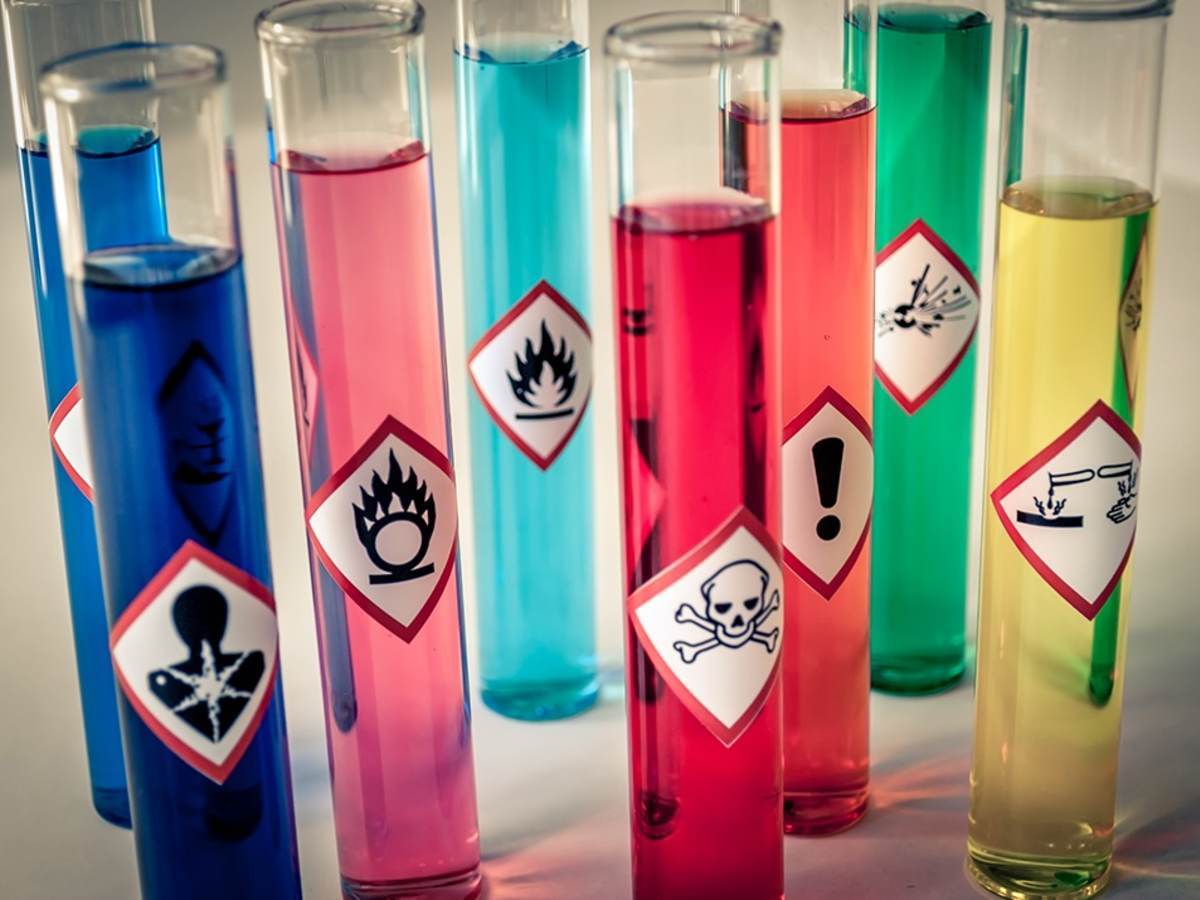October 23, 2023
By John Kowalski, regulatory affairs lead, Supply Chain team, UL Solutions
On Oct. 11, 2023, the U.S. Environmental Protection Agency (EPA) published a final reporting and recordkeeping rule for Per- and polyfluoroalkyl substances (PFAS) under Section 8(a)(7) of the Toxic Substances Control Act (TSCA). The rule established a one-time reporting requirement for any entity that has manufactured or imported for commercial purposes at any time since 2011 a chemical substance, mixture, or article containing PFAS.
The rule does not include a list of specifically identified substances. Rather, it applies to PFAS as a chemical category defined by molecular structure. More specifically, the rule defines PFAS as any chemical substance or mixture containing a chemical substance that structurally contains at least one of the following three sub-structures:
- R-(CF2)-CF(R′)R″, where both the CF2 and CF moieties are saturated carbons.
- R-CF2OCF2-R′, where R and R′ can either be F, O, or saturated carbons.
- CF3C(CF3)R′R″, where R′ and R″ can either be F or saturated carbons.
The rule requires reporting by entities that have manufactured PFAS or imported PFAS or articles containing PFAS between Jan. 1, 2011, and Dec. 31, 2022.
Unlike other TSCA reporting rules, the PFAS reporting rule includes no de minimus concentrations or production volume thresholds below which reporting is not required. Furthermore, it includes no exemptions for polymers, impurities, research and development, or small businesses.
The information to be reported includes:
- Company and plant site information;
- Chemical-specific information;
- Categories of use;
- Manufactured amounts;
- Byproduct reporting;
- Environmental and health effects;
- Worker exposure data; and
- Disposal data.
All information must be submitted during the applicable submission periods which run from Nov. 12 2024 to Nov. 10, 2025 for small businesses that are subject to reporting based solely upon the importation of PFAS-containing articles, and from Nov. 12 2024 to May 8, 2025, for all other entities subject to the reporting requirements. Submissions must be prepared and sent electronically to EPA using a PFAS reporting tool in the Agency’s Central Data Exchange. Also, submitters must maintain records that document information reported under this rule for a period of five years beginning on the last day of the submission period.
Because of the lack of exemptions, the PFAS reporting rule will impact a wide range of businesses. EPA’s estimates of the reporting burden to industry are approximately 11.6 million hours, with a cost of approximately $843 million.
Reference
Regulatory Roundup Newsletter
Never miss an update
UL Solutions, the global safety science leader, can keep you updated on the latest events with a variety of materials, ranging from the latest regulatory news, webinars, white papers, events, industry insights and more.
Subscribe to our monthly Regulatory Roundup Newsletter and stay up to date on current and upcoming regulations and all the latest chemical industry news.
Safety Data Sheet (SDS) Authoring and Labeling Services
Create, maintain and distribute comprehensive SDSs and labels to meet your increasingly complex global compliance requirements.
Chemical Regulatory Compliance
Manage your chemical compliance needs with the help of global regulatory expertise and leading resources.
Chemical Compliance Training
We provide a series of chemical regulatory training programs designed to help understand the diverse set of requirements and how to confront them.
Get connected with our sales team
Thanks for your interest in UL's products and services. Let's collect some information so we can connect you with the right person.





